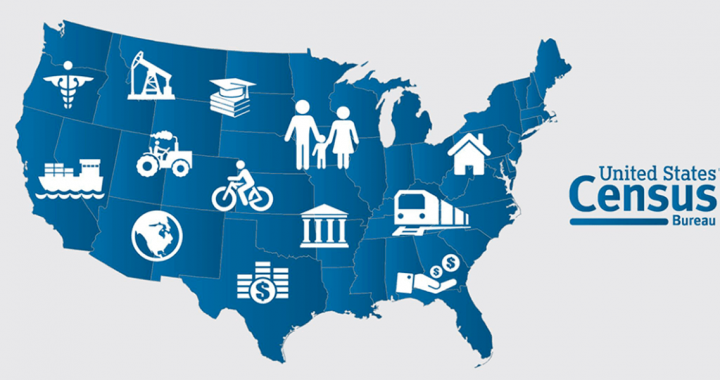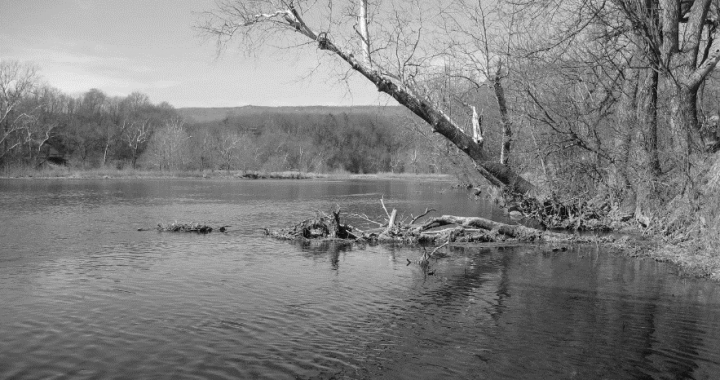The Census will occur on April 1, 2020 and for the first time, will allow responses to be collected online, in addition to by phone and by mail. This will insure that every household has the opportunity to respond and provide important population measures. The Census results, collected once a decade, help determine how more than $675 billion in federal funding is distributed to states and communities every year. Businesses use Census data to decide where to build factories, offices and stores. Residents use the Census to support community initiatives involving legislation, quality-of-life and consumer advocacy.
As the Census date approaches, communities are forming Complete Count Committees (CCCs) that will create strategies and work with nonprofit and civic organizations that serve hard to count populations. The City of Harrisonburg is hosting a Census workshop to address collection challenges and solutions on Monday, June 24, at 5:30 pm in Hart Classroom 255 at Hotel Madison. These collaborative efforts will help insure that the most accurate data possible is collected. Visit the 2020 Census website for more information.


